
Scattered across a strip of land that was once a confluence of the Old Ganges and Mahananda rivers, the ruins of Gaur are now distributed between the district of Maldah in West Bengal and Chapai Nawabganj in Bangladesh. Known variously as Gauda, Lakshmanavati, Lakhnauti and Gaur, this ancient city served as the seat of many powerful dynasties over time. It was ruled by the Buddhist Pala kings from the 8th century onwards and Hindu Sena kings from the 12th century on, eventually falling into the hands of the Delhi Sultanate in 1204. It thrived during the Bengal Sultanate, passing between prominent dynasties including the Ilyas Shahi, Habshi and Hussain Shahi kings, the remains of whose architectural heritage are still very much evident on this site.
It was Sher Shah Suri’s invasion of Bengal in 1539 that marked the beginning of Gaur’s decline — the city was sacked and left deserted in its wake. An outbreak of the bubonic plague in 1575 dealt it a death blow. The site lay abandoned for centuries during which nature took its course: the dense jungle grew between and among the ruins, and the Ganges, too, altered its course. It was also looted over this period by smugglers in search of buried treasure and dismantled piece by piece by brick-hunters.
This was the state of the ruins when Henry Creighton, an employee at an indigo plant near Malda, decided to document them with meticulous drawings and notes from 1786 until his death in 1807. Decades later in the 1860s, John Henry Ravenshaw, an employee at the Bengal Civil Service, spent years photographing these ruins. Published posthumously with the effort of his widow, Caroline Ravenshaw, these photographs show how the ruins of Gaur, even in their state of decay, reveal magnificent details from a bygone era of splendour. From these meticulous accounts which form part of the Sarmaya collection, we present 10 exquisite photographs and a minutely detailed map that together tell the story of the rise, fall, ruin and rediscovery of Gaur.
Curated by Sridevi Nambiar
Featured in this exhibition are images from the following rare books/albums from the Sarmaya collection:
Gaur: Its Ruins And Inscriptions, 1878, by John Henry Ravenshaw. Acc.no. 2016.26.1
The Ruins of Gour: Described and Represented in Eighteen Views, with a Topographical Map, Compiled from the manuscripts and drawings of the late H Creighton, 1817, by Henry Creighton. Acc.no. 2020.1.8
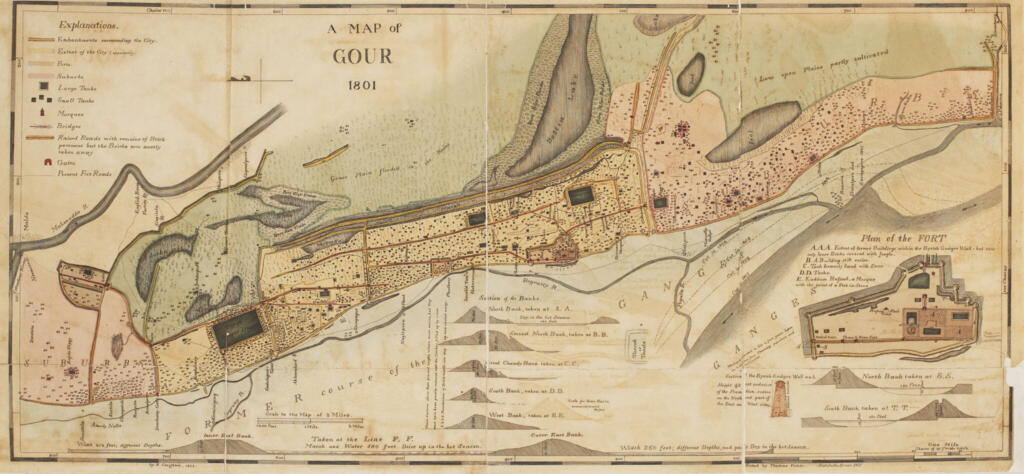
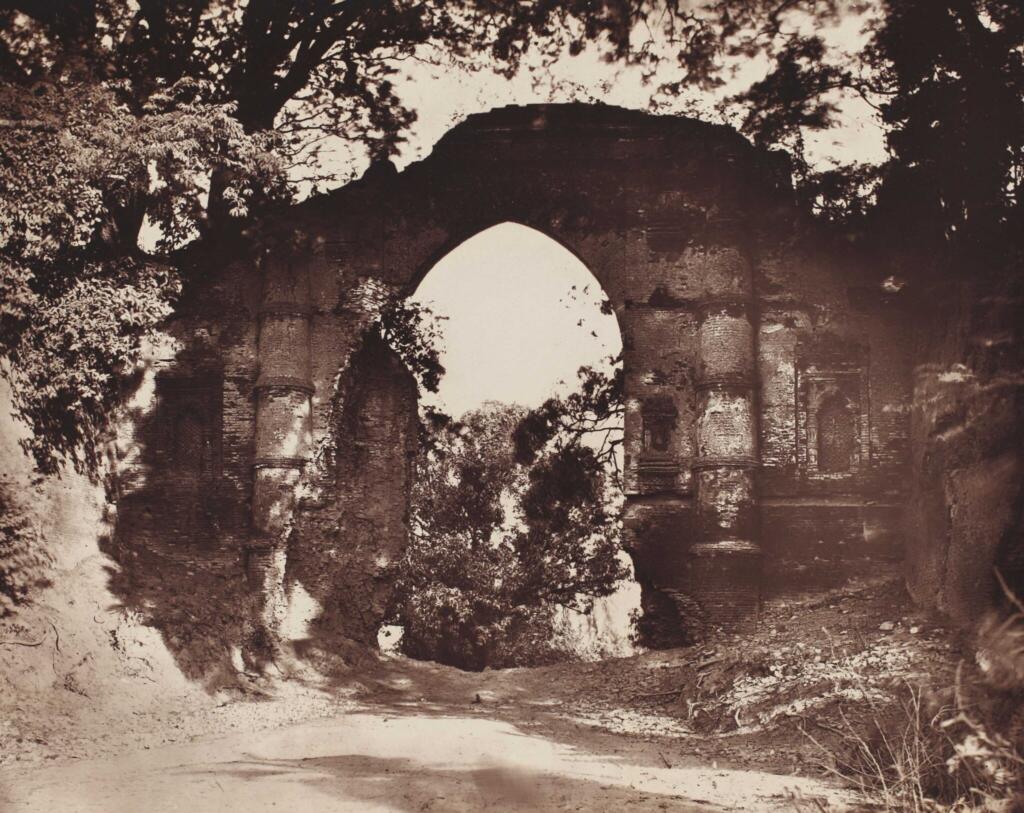

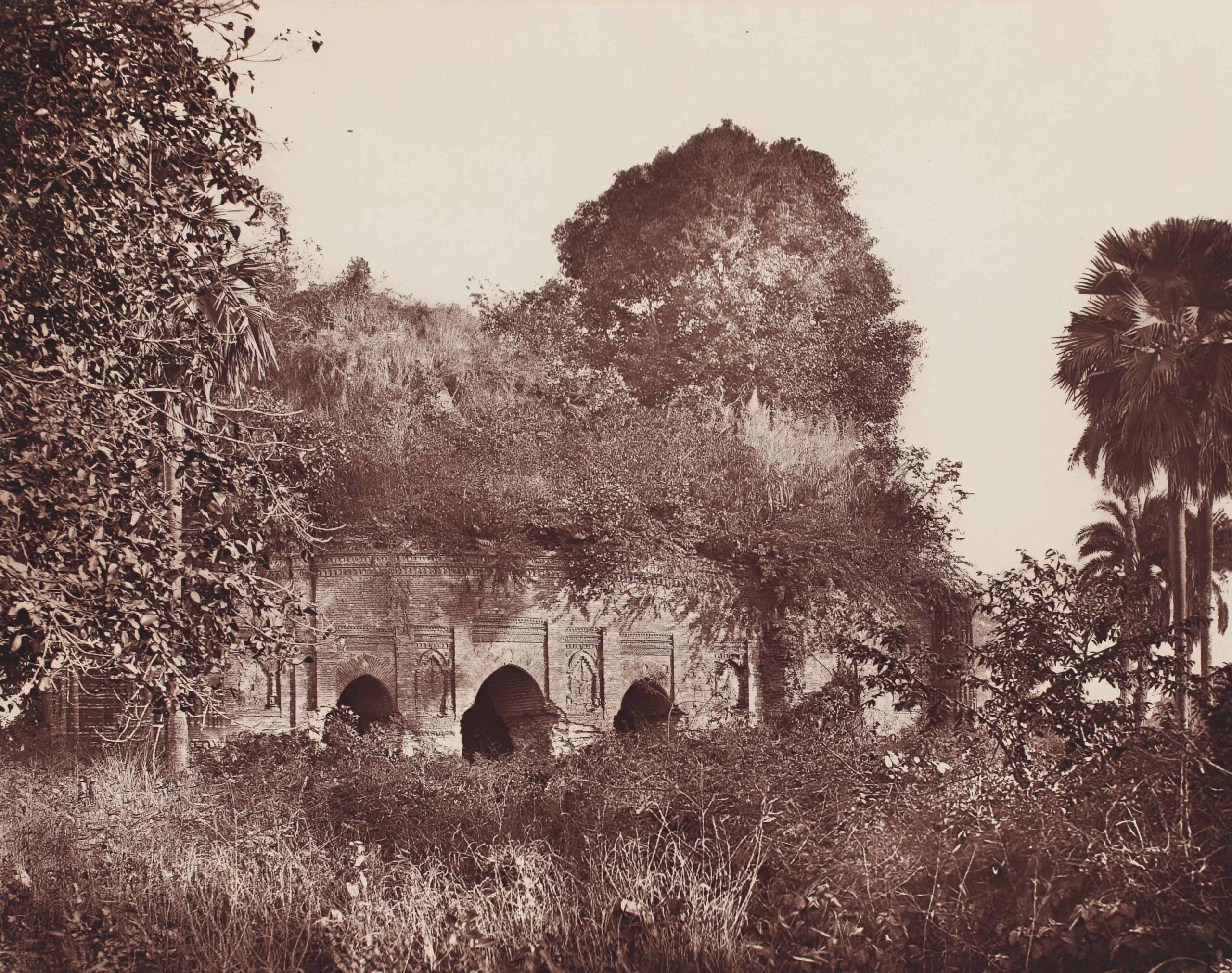
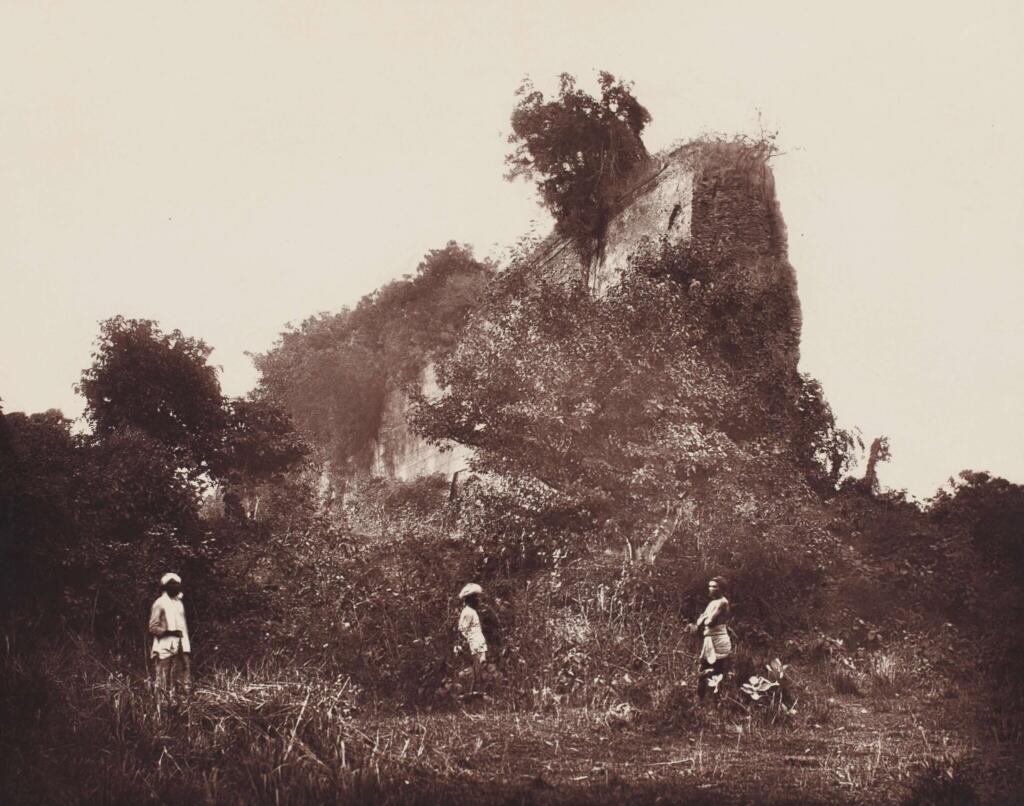
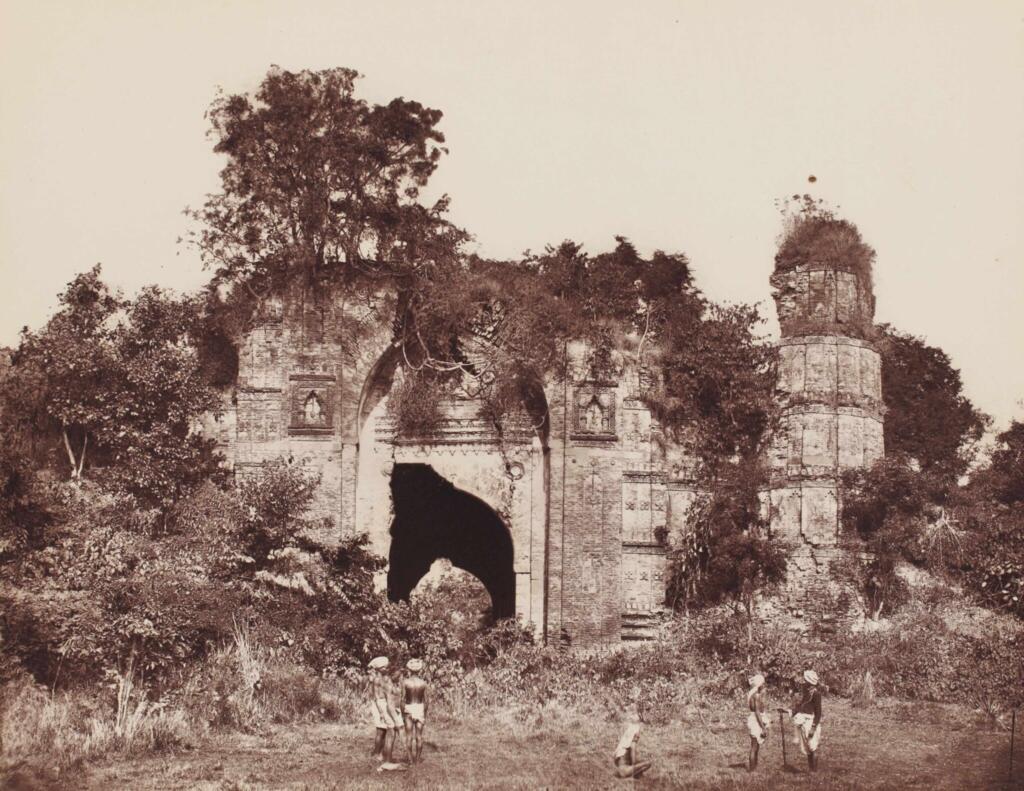
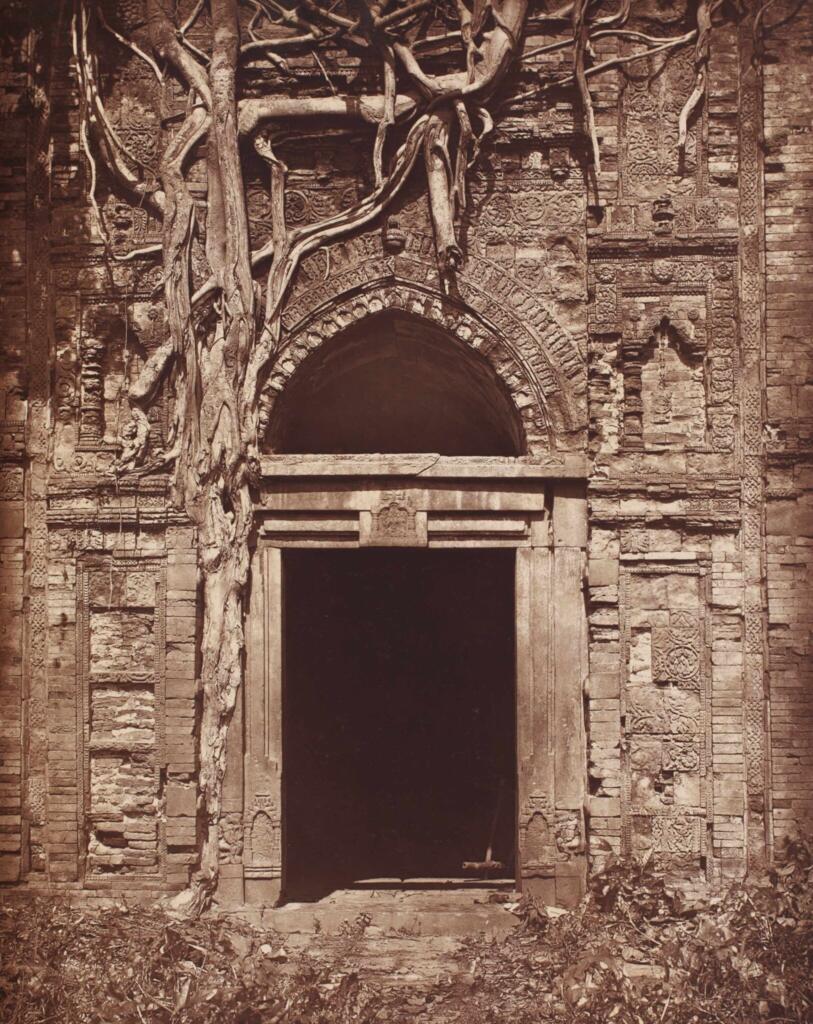
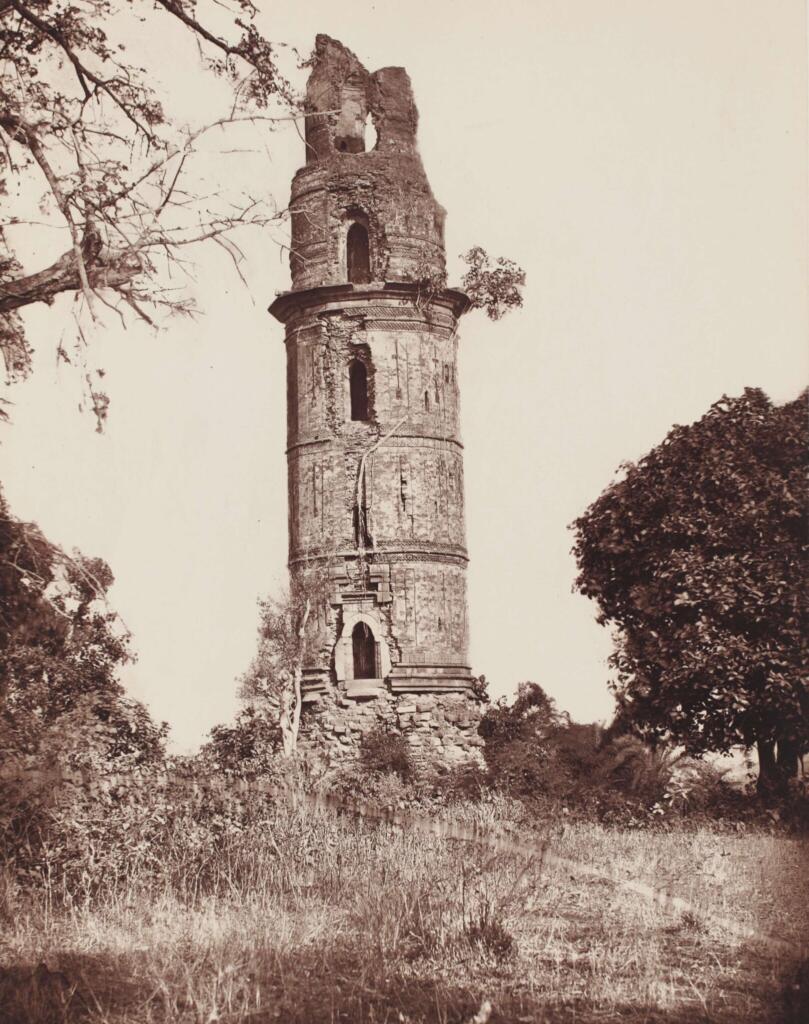
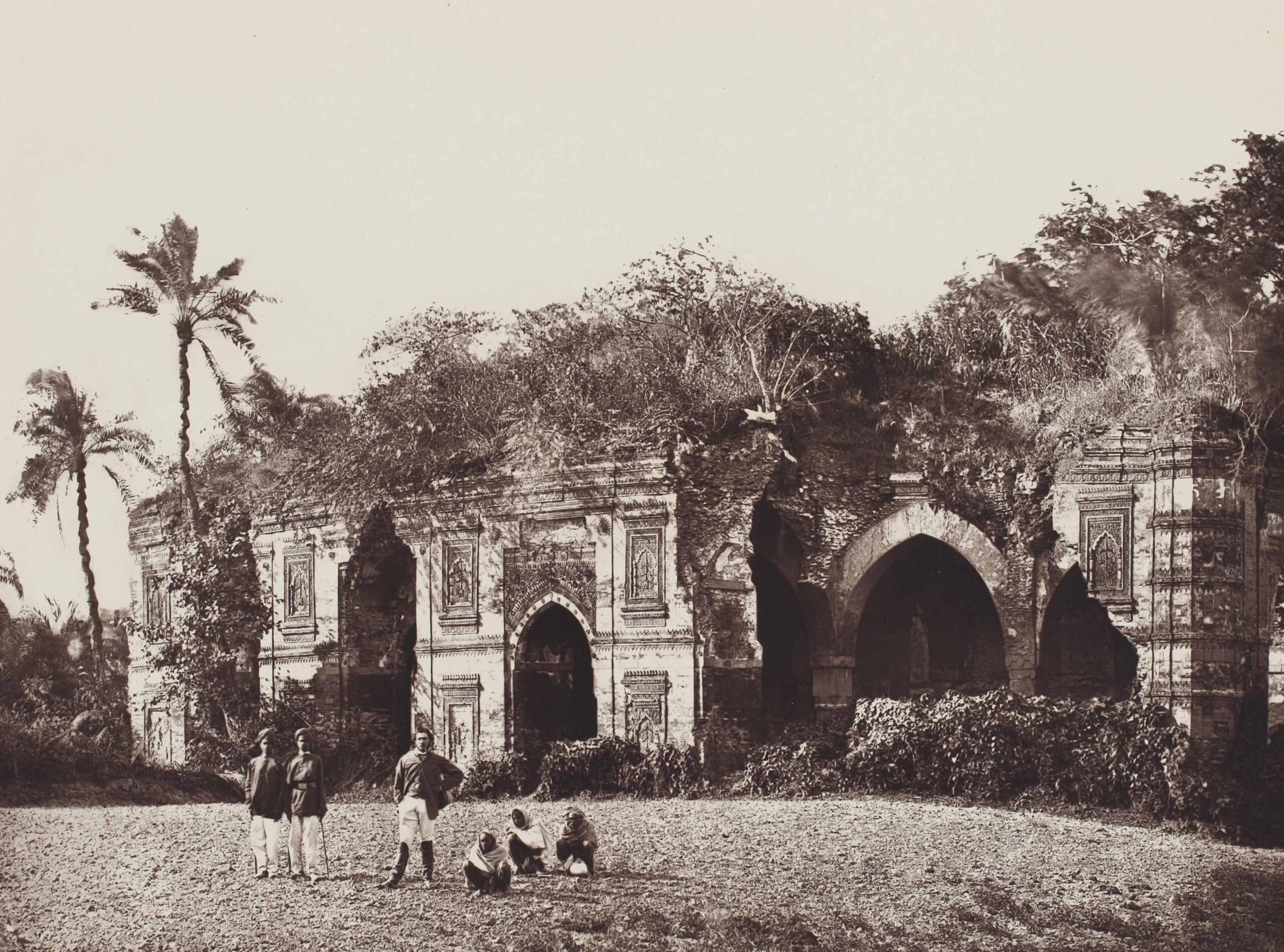
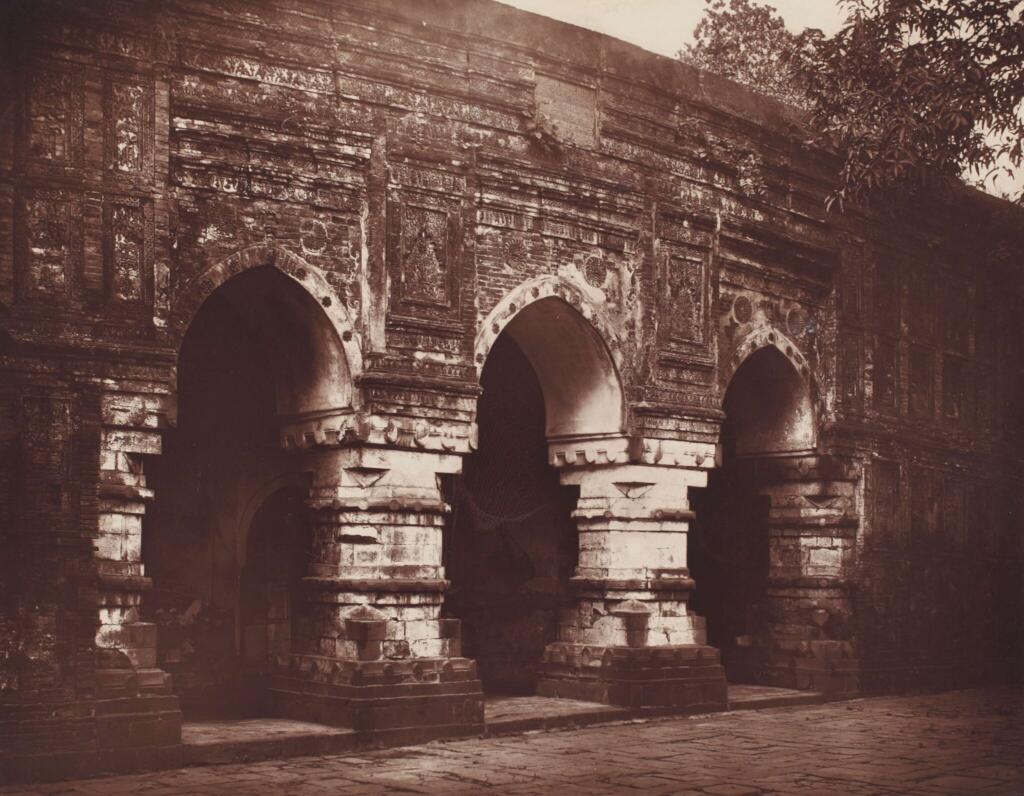
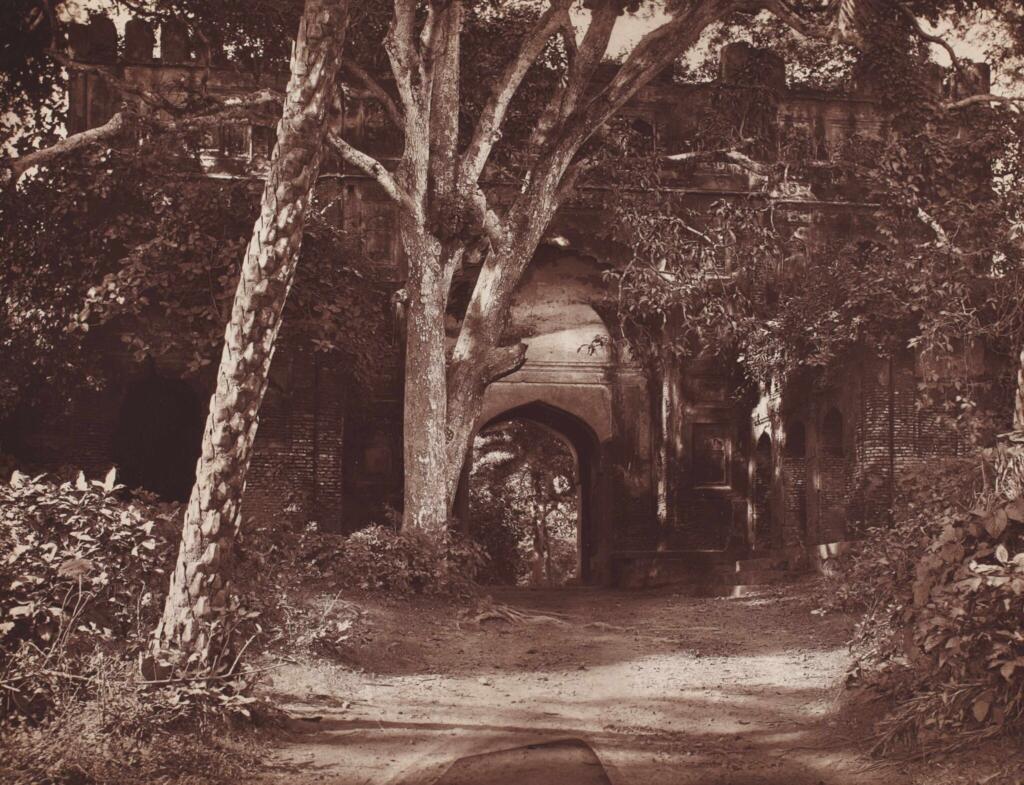
I have visited Malda Town as a 10 year old and crossed Gour only as a railway station. In the last couple of years,had read about Gour and was impressed by the pic and description. Keep up the good work and share more references of the site if possible on email
An eyeopener. Thank you
Marvellous to have such records. Sarmaya does such a grand job acquiring and displaying so much that is of value. I’m afraid I had never even heard of Gaur. It’s an eye opener. Thank you for this glimpse into history